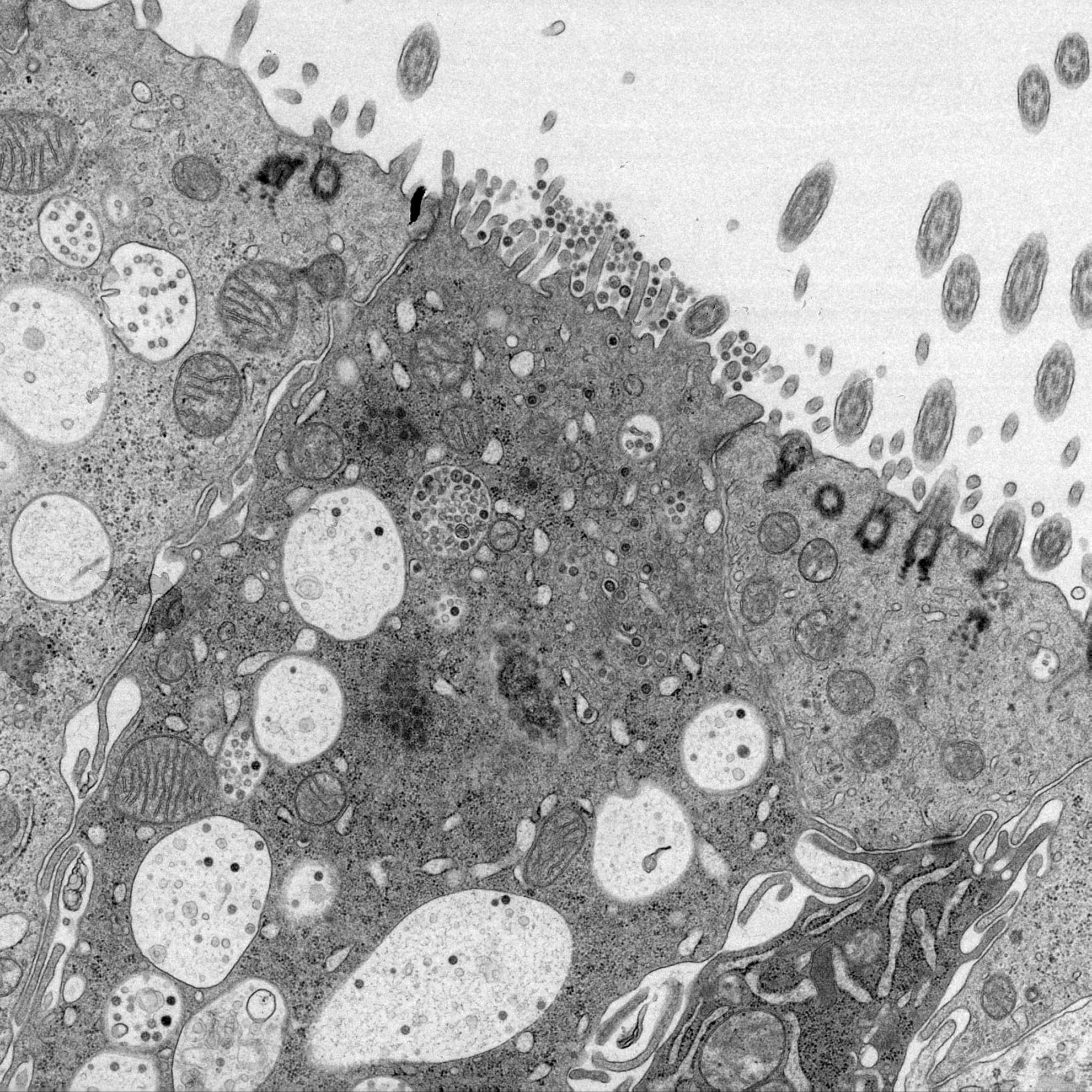Localization to the nucleolus is a common feature of coronavirus nucleoproteins, and the protein may disrupt host cell division
The subcellular localization of transmissible gastroenteritis virus (TGEV) and mouse hepatitis virus (MHV) (group I and group II coronaviruses, respectively) nucleoproteins (N proteins) were examined by confocal microscopy. The proteins were shown to localize either to the cytoplasm alone or to the cytoplasm and a structure in the nucleus. This feature was confirmed to be the nucleolus by using specific antibodies to nucleolin, a major component of the nucleolus, and by confocal microscopy to image sections through a cell expressing N protein. These findings are consistent with our previous report for infectious bronchitis virus (group III coronavirus) (J. A. Hiscox et al., J. Virol. 75:506-512, 2001), indicating that nucleolar localization of the N protein is a common feature of the coronavirus family and is possibly of functional significance. Nucleolar localization signals were identified in the domain III region of the N protein from all three coronavirus groups, and this suggested that transport of N protein to the nucleus might be an active process. In addition, our results suggest that the N protein might function to disrupt cell division. Thus, we observed that approximately 30%. of cells transfected with the N protein appeared to be undergoing cell division. The most likely explanation for this is that the N protein induced a cell cycle delay or arrest, most likely in the G(2)/M phase. In a fraction of transfected cells expressing coronavirus N proteins, we observed multinucleate cells and dividing cells with nucleoli (which are only present during interphase). These findings are consistent with the possible inhibition of cytokinesis in these cells.
Back to publications

